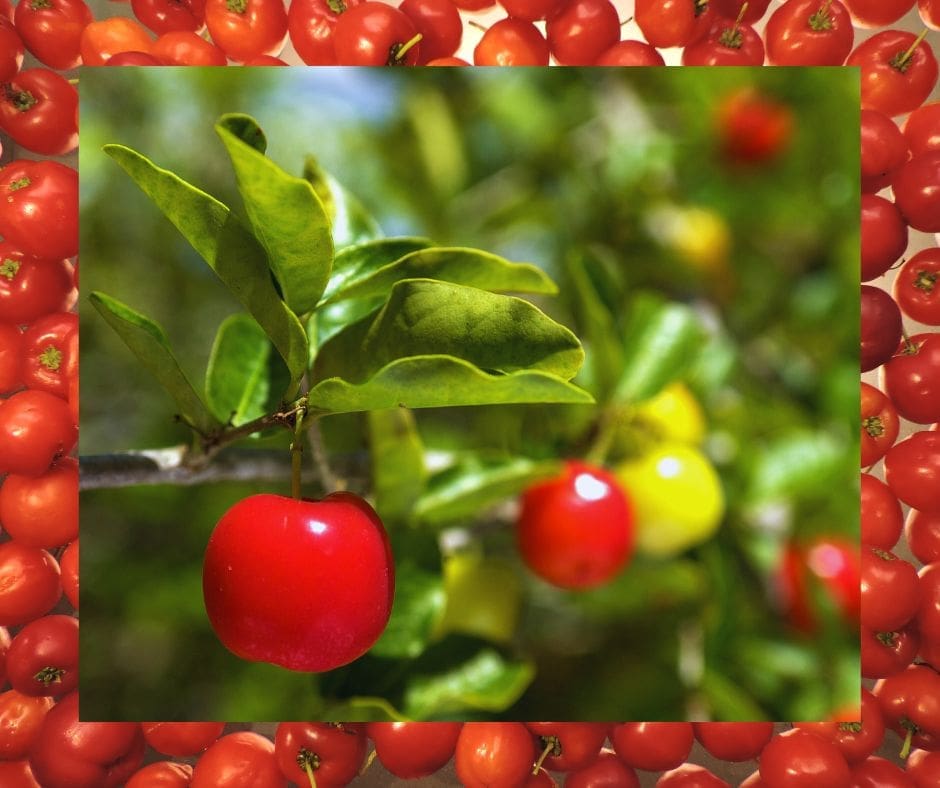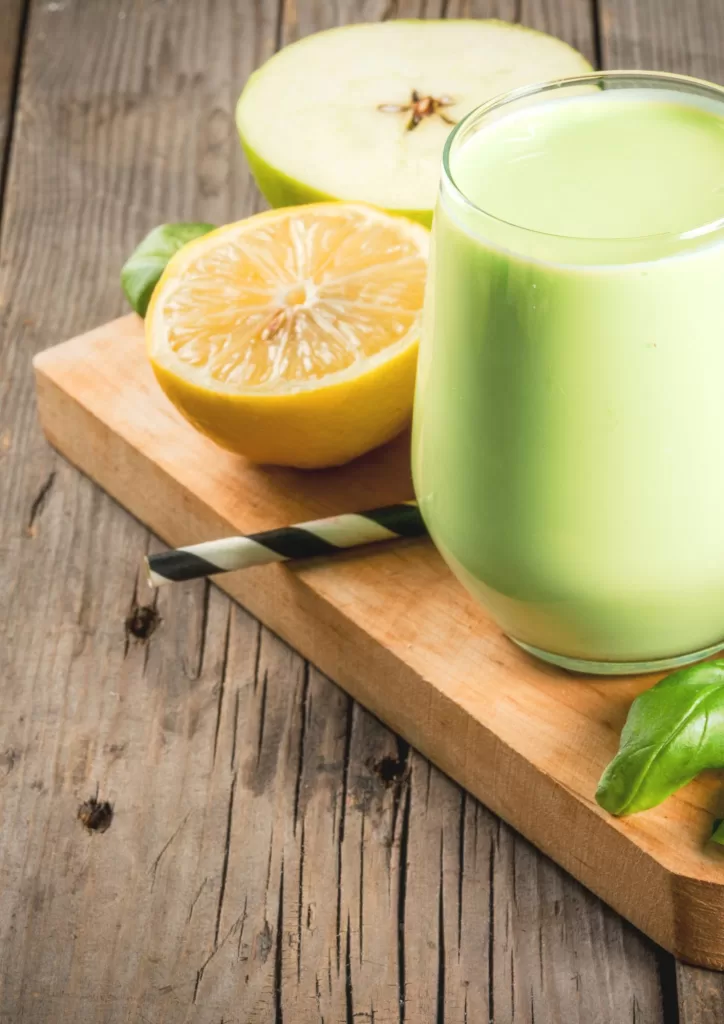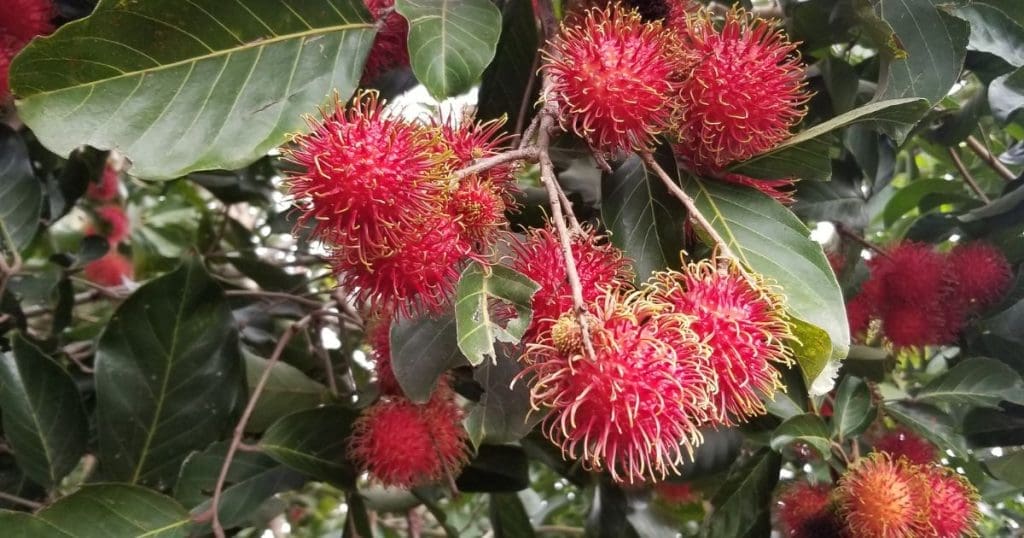
Exploring Costa Rica’s Tropical Fruit Seasons
Exploring Costa Rica’s Tropical Fruit Seasons
Costa Rica, a land of endless summer and lush rainforests, offers a bountiful array of tropical fruits. Each season brings its own unique harvest, providing an ever-changing landscape of flavors and textures. Here’s an expanded guide to the tropical fruits of Costa Rica, season by season.
Dry Season Delights (December – April)
- Mango (Mango): Starting around March, mangoes take center stage. These fruits come in various types, from the small and sweet ‘Ataulfo’ to the larger and more fibrous ‘Tommy Atkins’. They’re a staple in local cuisine, often eaten fresh, made into juices, or even used in savory dishes like salsas.
- Watermelon (Sandía): A symbol of summer, watermelons in Costa Rica are particularly juicy and sweet. They are a common refreshment at beachside stalls, often served chilled and sliced.
- Cantaloupe (Melón): This musky, sweet melon is a favorite for breakfast and snacks. Rich in vitamins A and C, it’s not only delicious but also nutritious.
Rainy Season Harvest (May – November)
- Pineapple (Piña): Pineapple thrives in the rainy season. Costa Rican pineapples are known for their exceptional sweetness and are a major export product. They’re often eaten fresh, juiced, or used in desserts.
- Papaya (Papaya): The papaya in Costa Rica is notably large and flavorful. It’s a digestive aid, thanks to the enzyme papain, and is commonly enjoyed with a squeeze of lime to enhance its flavor.
- Rambutan (Mamón Chino): Similar to lychee, rambutan is a small, red fruit covered in soft spikes. Its sweet, juicy flesh is a hit at local markets from June onwards.
Year-Round Favorites
- Banana (Banano): The ever-present banana is a cornerstone of Costa Rican agriculture. From the sweet, small ‘apple bananas’ to the larger Cavendish variety, they are used in countless dishes, including the famous ‘patacones’.
- Avocado (Aguacate): Costa Rican avocados vary in size and flavor, but all are creamy and rich. They are a key ingredient in salads, sandwiches, and of course, guacamole.
- Lime (Limón): Integral to Costa Rican cooking, limes add zest to dishes and drinks alike. They are particularly crucial in seafood dishes, like ceviche.
Costa Rica’s Exotic Fruit Bounty: A Closer Look
Costa Rica’s tropical climate and fertile lands nurture a variety of rare and exotic fruits, each with its unique flavor, texture, and season of availability. Here’s an expanded insight into some of these delightful fruits.
Guava (Guayaba)
– Season: Peaks in the rainy season (May to November).
– Description: Guavas in Costa Rica are small, with a green exterior and pink or white flesh inside. They are intensely aromatic and sweet, with a hint of tartness.
– Uses: Popular in jellies, jams, desserts, and as a snack. Guava juice is also a refreshing drink.
Starfruit (Carambola)
– Season: Typically available from late summer to mid-winter.
– Description: Starfruit has a distinctive star shape when sliced. The skin is waxy and yellow, with a crisp and juicy flesh that is sweet and mildly tart.
– Uses: Eat fresh, used in salads, or as a garnish for drinks and desserts. Starfruit juice is a unique and popular beverage.
Passion Fruit (Maracuyá)
– Season: Mainly during the rainy season, but some varieties are available year-round.
– Description: Passion fruit has a hard outer rind and is filled with aromatic seeds surrounded by juicy pulp. The flavor is intensely sweet and tangy.
– Uses: Widely used in desserts, sauces, drinks, and cocktails. It’s also a popular addition to yogurts and ice creams.
Soursop (Guanábana)
– Season: Best from June to September, but often available throughout the year.
– Description: Soursop is large and spiky, with soft, fibrous, white flesh. The taste is a combination of strawberry, pineapple, and citrus.
– Uses: Commonly used in smoothies, milkshakes, ice creams, and sweets. Also believed to have medicinal properties.
Dragon Fruit (Pitahaya)
– Season: Mainly from June to November.
– Description: Dragon fruit has a bright pink or yellow skin with green scales and white or red flesh dotted with small black seeds. It has a mildly sweet taste, similar to a blend of kiwi and pear.
– Uses: Often consumed fresh, in salads, or blended into drinks. It’s also a visually appealing addition to fruit platters.
Noni (Noni)
– Season: Available throughout the year, but more abundant in the rainy season.
– Description: Noni fruit is green when unripe, turning yellow as it matures. It has a pungent odor and a bitter taste.
– Uses: Mostly used for its medicinal properties. Noni juice is popular as a health supplement.
These rare and exotic fruits are not just a treat to the taste buds but also reflect the rich biodiversity of Costa Rica. Whether you’re indulging in the sweet and tangy maracuyá or exploring the unique flavors of guanábana, these fruits offer a glimpse into the country’s vibrant and diverse agricultural landscape.




